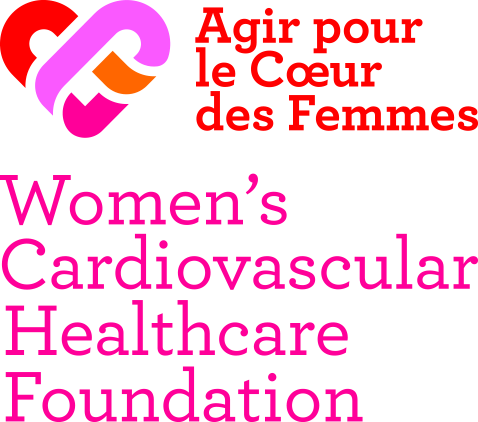
ALERTER
Cardiovascular Disease
Why We’re on Red Alert for Cardiovascular Disease in Women
The catastrophe of cardiovascular disease is driven by persistent inequalities in prevention and treatment for women. We must start working together now to tackle this issue through grassroots connections built on solidarity.

1WHO, May 2018. The top 10 causes of death
https://www.who.int/news-room/fact-sheets/detail/the-top-10-causes-of-death 2Causes of mortality in France. Bulletin Epidémiologique Hebdomadaire, November 2019 https://www.santepubliquefrance.fr/docs/bulletin-epidemiologique-hebdomadaire-12-novembre-2019-n-29-30-surveillance-de-la-mortalite-par-cause-medicale-en-france-les-dernieres-evolutions 3Mosca L, Benjamin EJ, Berra K, Bezanson JL, Dolor RJ, Lloyd-Jones DM, et al. Effectiveness-Based Guidelines for the Prevention of Cardiovascular Disease in Women—2011 Update A Guideline From the American Heart Association. J Am Coll Cardiol. 2011;57(12):1404 23. 4Woodward M., Cardiovascular Disease and the Female Disadvantage, Int J Environ Res Public Health. 2019 Apr; 16(7):1165. 5WHO, May 2017. Cardiovascular diseases.
https://www.who.int/news-room/fact-sheets/detail/cardiovascular-diseases-(cvds) 6Maas A.H.E.M. Manual of Gynecardiology. Female-specific cardiology. Editions Springer. 2017. 7Gabet A, Danchin N, Olié V., Myocardial infarction in women: trends of hospitalization and mortality rates, France, 2002-2013. Bull Epidemiol Hebd. 2016;(7-8):100-8. 8Brown HL, Warner JJ, Gianos E, Gulati M, Hill AJ, Hollier LM, Rosen SE, Rosser ML, Wenger NK; American Heart Association and the American College of Obstetricians and Gynecologists. Promoting Risk Identification and Reduction of Cardiovascular Disease in Women Through Collaboration with Obstetricians and Gynecologists: A Presidential Advisory From the American Heart Association and the American College of Obstetricians and Gynecologists. Circulation. 2018 Jun 12;137(24):e843-e852.
SEE ALSO
How Atrial Fibrillation Impacts Women and How It’s Treated
Atrial fibrillation is an abnormal heart rhythm caused by a malfunction in the heart’s electrical system, which is located in the atria. This causes an irregular heartbeat. These days, around 1 in 30 adults experience atrial fibrillation, but the numbers increase as people age: the disorder affects [...]
Alarming increase in heart attacks among women
More women are having heart attacks
Every day in France, 400 people die from a cardiovascular disease. More than half of them are women. Cardiovascular disease is the leading cause of mortality for women, representing more than one in three deaths every year. And they’re falling victim at younger ages. According to Bulletin [...]
How to Manage Junctional Tachycardia, Frequent Cause of Palpitations for Women
What is junctional tachycardia? Junctional tachycardia is one of the main causes of palpitations that start and stop abruptly and affect healthy hearts (those that are not diseased). It is related to an electrical short circuit originating in the junction between the atria and the ventricles. What [...]




